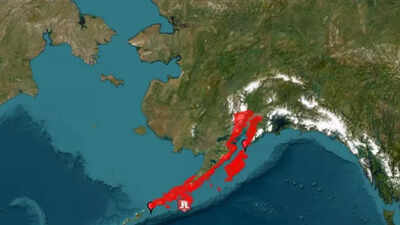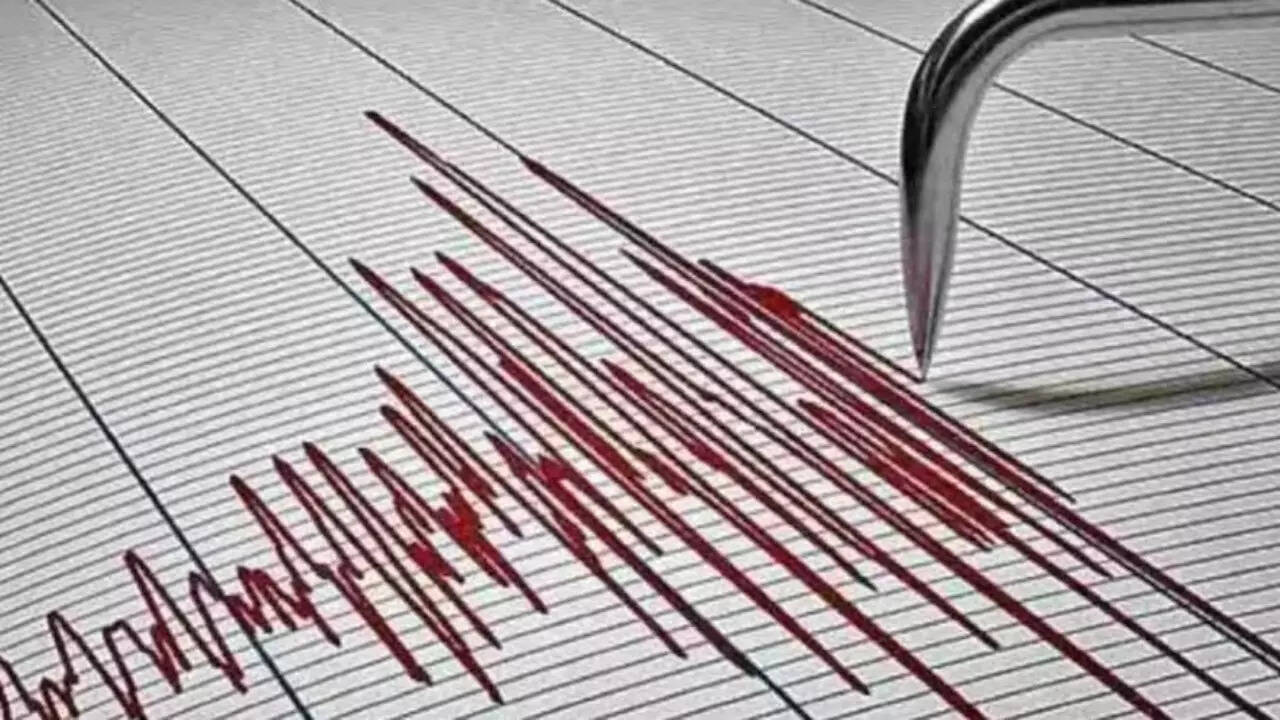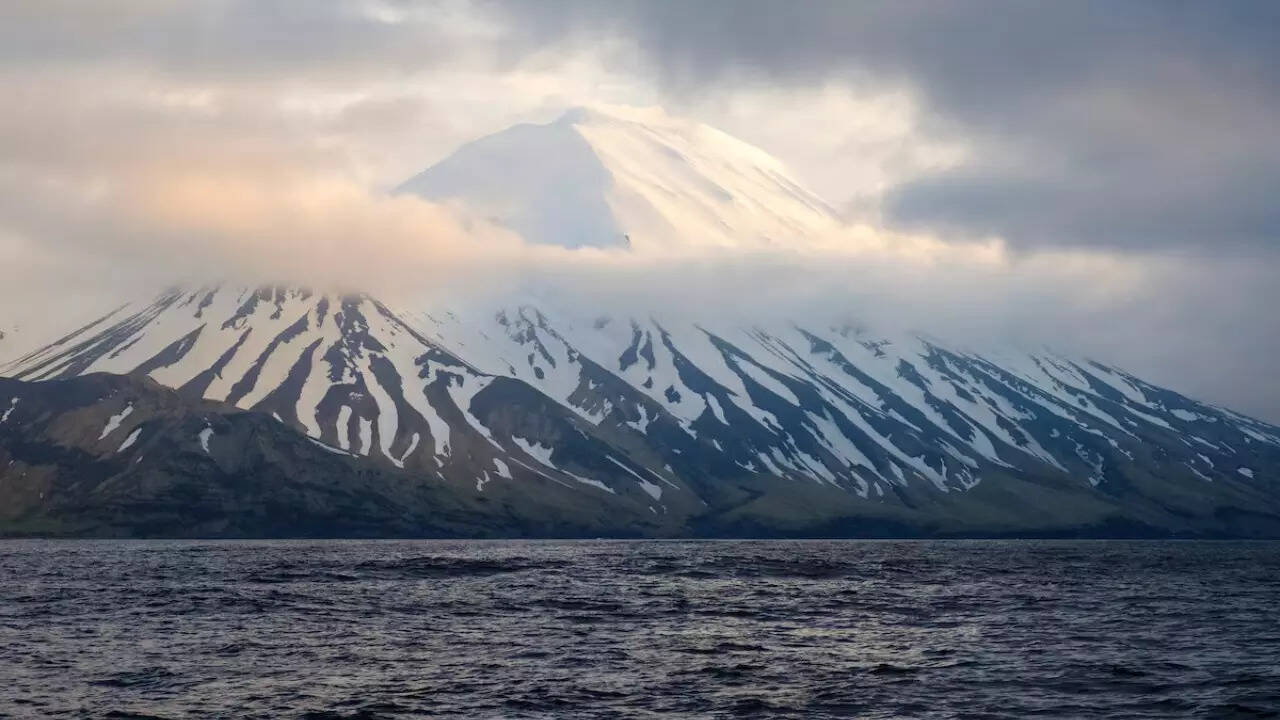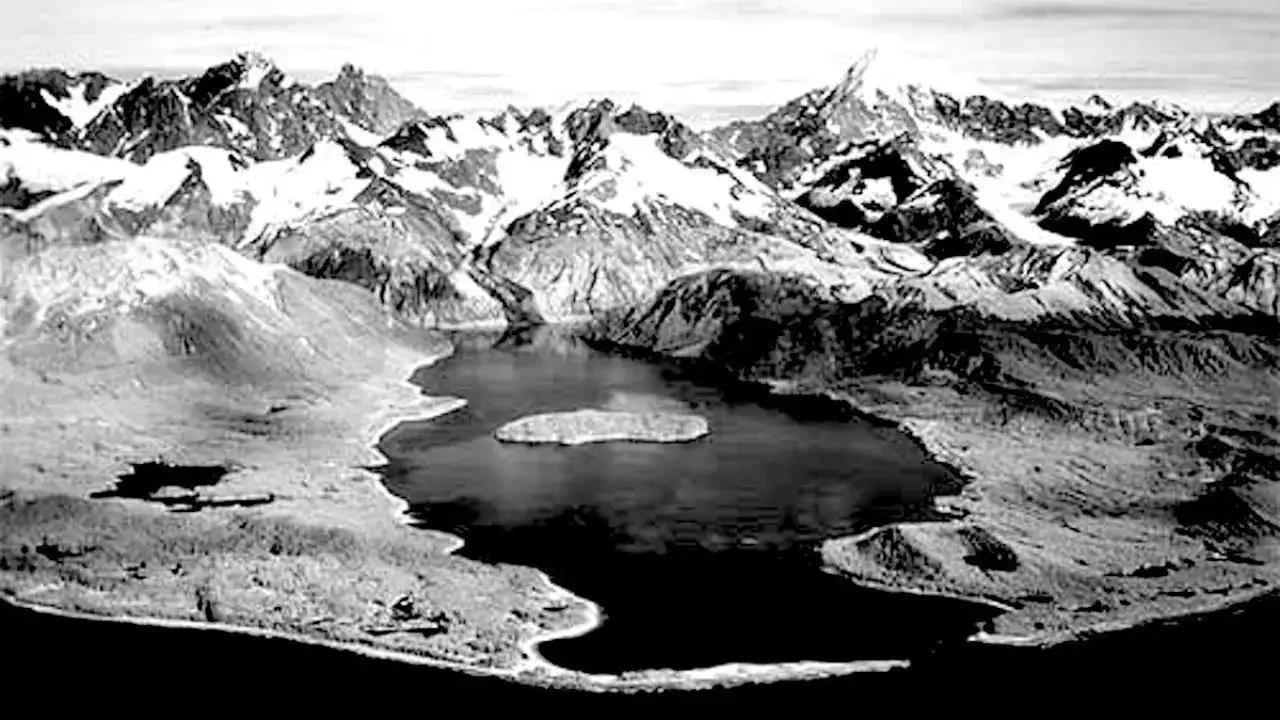ARTICLE AD BOX

It seems history is on the verge of repeating itself.On July 16, a powerful 7.3‑magnitude earthquake struck off the coast of Alaska’s Aleutian Peninsula, just south of Sand Point, triggering a tsunami warning that briefly spanned a 700‑mile stretch of southern coastline, the US Geological Survey (USGS) reported.The quake occurred at approximately 12:37 pm local time (2037 GMT), with its epicenter located about 54 miles (87 kilometers) south of Sand Point, a small island community. The epicenter of the seismic event had a relatively shallow depth of 20.1 kilometers.The National Weather Service in Anchorage issued a tsunami warning for South Alaska and the Alaska peninsula after the quake, posting on X, "A Tsunami Warning has been issued for the Alaska Peninsula areas from the Kennedy Entrance to Unimak Pass.
Cities included are Cold Bay, Sand Point, and Kodiak. We can say with reasonable confidence that the Kenai Peninsula Borough locations will not see impacts."Although the warning was later downgraded to an advisory, the quake reignited fears of another catastrophic “megatsunami” similar to the infamous 1958 Lituya Bay event, when a gigantic wave surged more than 500 m in a fjord after a massive landslide.And although the warning has been replaced by an advisory now, the question remains – could such a megatsunami strike again?
The July 16 quake and tsunami warning
At 12:37 p.m.
local time, the US Geological Survey recorded a 7.3 magnitude earthquake, centered about 50–54 miles south of Sand Point, at a depth of approximately 22 miles. The US Tsunami Warning Center promptly issued a tsunami warning for coastal areas from Kennedy Entrance near Homer to Unimak Pass, alerting residents to “Expected or ongoing significant inundation”, with advisories urging immediate evacuation inland or to high ground.Roughly an hour later, monitoring indicated no major wave formations, and officials downgraded the warning to an advisory, ultimately canceling the alert by mid‑afternoon. Throughout the alerts, key coastal communities, including Kodiak, Unalaska, King Cove, Cold Bay, and Homer, were urged to enact preparedness protocols.

Why is Alaska tsunami‑prone?
Alaska lies along the seismically active Pacific “Ring of Fire”, where the Pacific Plate subducts beneath the North American Plate.
This tectonic setting has produced mega‑earthquakes, powerful underwater landslides, and frequent volcanic activity – all of them, prime ingredients for tsunami genesis.Additionally, Alaska’s fjords and steep shoreline amplify tsunami risk. In “near‑field” scenarios – earthquakes or landslides occurring just offshore – residents may have mere minutes to evacuate. Historical events such as the 1964 Great Alaska Earthquake (magnitude 9.2), the 1946 Aleutian quake, and the 1957 Andreanof Islands quake highlight past Pacific‑wide tsunami impacts.

Aftershocks and immediate effects
Following the main shock, the US Geological Survey and Alaska Earthquake Center reported smaller aftershocks of magnitude 4.4 and 4.0 near Halibut Cove and Sand Point. These are typical of large seismic events and underline the potential for landslides, though no significant damage or injuries were reported.Tsunami buoy data also confirmed no dangerous waves sent across the North American coast, including no significant threats to Washington, Oregon, California, or beyond.
As of now, eastern coastal areas remain outside the risk zone.
The 1958 Lituya Bay “megatsunami”: What happened
The 1958 Lituya Bay incident stands as the most extreme megatsunami recorded. A 7.8–8.3 quake triggered a massive 30 million m³ landslide into Gilbert Inlet, sending a towering wave that stripped trees up to 524 m (1,720 ft) above sea level.That wave crashed over a mile inland in places, obliterating boats and forest, and killing two residents. Scientists later confirmed that landslide-induced megatsunamis – not just tectonic ruptures – can generate such immense waves.
Lituya Bay’s steep-sided fjord environment is rare but not unique. Similar zones across Southeast and Southcentral Alaska remain vulnerable, especially as deglaciation removes natural slope support and increases landslide risk.

Could history repeat itself?
The objective answer to that question – yes.According to NASA Earth Observatory, the 1958 Lituya Bay megatsunami could happen again. Lituya Bay's geography, including its steep walls and connection to a fault line, makes it susceptible to future tsunamis.
Geologic evidence suggests similar events have occurred in the past, and scientists estimate such events happen roughly every 25 years.Here's why:Tectonic setting: The Pacific and North American tectonic plates meet in this area, creating fault lines that frequently cause earthquakes, which can trigger landslides and tsunamis. Bay geometry: Lituya Bay's shape and depth contribute to the amplification of waves, making it prone to large-scale tsunami events. Geological evidence: Past landslides and tsunamis have left their mark on the bay's geology, indicating a history of similar events. Landslides: The 1958 event was triggered by a massive landslide into the bay. Similar landslides, potentially triggered by earthquakes, could occur again, generating another megatsunami. While the exact timing is unpredictable, the potential for another megatsunami in Lituya Bay is a real and ongoing concern.
The bottom line
67 years after the fateful day in July and the devastation that followed, the recent earthquake in Alaska prompted a bone-chilling fear of history repeating itself. The July 16 Alaska earthquake was powerful enough to trigger region-wide tsunami warnings, and while immediate danger has subsided, it doesn’t diminish Alaska’s perpetual vulnerability to both tectonic quakes and catastrophic landslides. The region has seen several 7+ magnitude quakes since 2020, suggesting heightened seismicity.Going forward, the balance lies in honoring history, leveraging cutting‑edge monitoring, and ensuring local communities stay aware and prepared. Alaska may never eliminate risk entirely, but with robust maps, education, and early evacuation systems, it can transform instantaneous disasters into survivable events.
Tsunami hits Japan after strong quake



.png)
.png)
.png)
















 5 hours ago
3
5 hours ago
3









 English (US) ·
English (US) ·